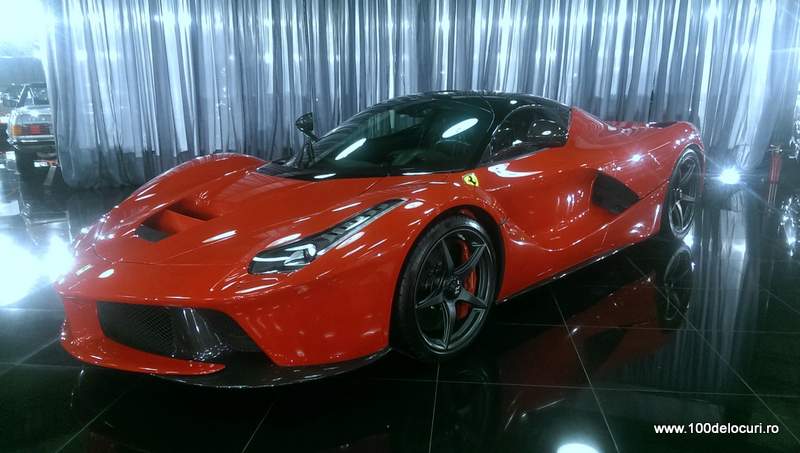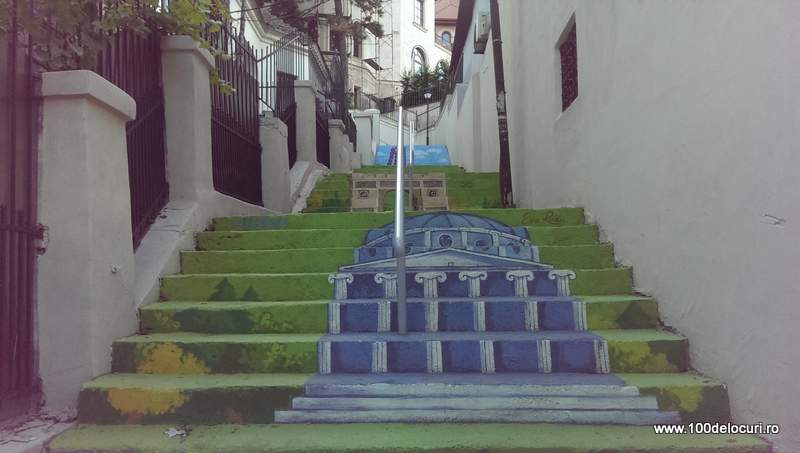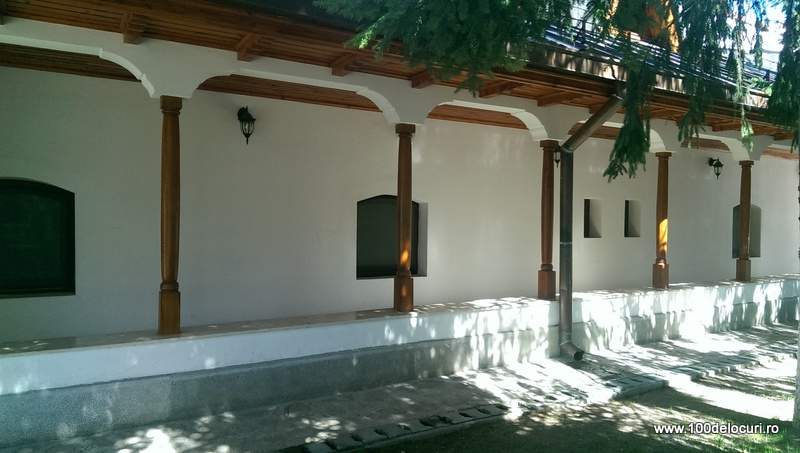When I’m visiting a new city, I only have one rule: to reach the neighborhoods that don’t speak English. You might think this does not apply to cities in Great Britain, well… let’s say that I am looking for areas where I need to use my hands to make myself understood. Usually this means I’m off the touristy areas. It’s not a great rule, but I think it’s helpful enough. A couple of months ago, a Brit that was staying in Bucharest for a week asked me for some advice on what to visit, so I told him about my rule. A few days later he told me that, based on my rule, 80% of Bucharest is touristy. Which cannot be true since he walked some streets that were certainly off the travel-guides. I must admit I didn’t have Bucharest in mind when I’ve thought of my rule, so I wouldn’t say it’s a perfect rule.
We continued our friendly chat and ended up with the conclusion that less than 5% of Bucharest can be actually called touristy and the rest of the attractions are awfully dispersed around the large central area. And to make it even more difficult, a lot of interesting places are really difficult to reach. A couple of beers later, and by the end of the evening, we had built a list of 5 must see spots in Bucharest that you wouldn’t find in your usual travel guide. Places that could give you the true flavor of Bucharest. Not the communist one we can’t get rid of, not the invented overnight Old City one, not the dogs and beggars one, not the Little Paris one, but the actual Bucharest.
Tiriac Collection
If you don’t know who Tiriac is, don’t worry about it, but don’t say that to any Romanian. We are all convinced that he is one the most well-known Romanians, along with Nadia, Hagi and Nastase (the tennis player not the PM), and we’re really proud of this guy, as he is an example that a Romanian can be a successful business man. I know there are a lot of other Romanians that proved this, but he is the only one with a collection of over 300 immensely expensive cars. Around 150 of those can be seen in the Tiriac Collection.

Part of the exhibition is permanent, but some of the cars are constantly changing, so there is always something new to see. 150 love stories. Full of passion, excitement and beauty. Each car has a unique history and there is always somebody there to guide you, answer questions, and give you reasons to fall in love with each new car you see. Tiriac Collection is the only one holding the complete series of Rolls Royce Phantom (I-VI) produced since 1972. It also exhibits a significant number of Mercedes-Benz cars, one the oldest cars, Hurtu 3 1/2 Quadricycle, engineered in 1899, but also some of the latest models of Ferrari and other spectacular XXI century models. And moreover, all of them are in working condition, so if you play your cards right you might convince somebody there to give you a ride. adipiscing elit. Ut elit tellus, luctus nec ullamcorper mattis, pulvinar dapibus leo.
Xenofon Street
A unique urban experience in Bucharest in Xenofon Street. It’s so special because it’s the narrowest street in Bucharest, the only one built on stairs and, since 2014, the only painted street in the city. All this could qualify this attraction as a “must see” not only for Bucharest. Its’ first paint work featured some of the main buildings in Bucharest. The next year, artist Eva Radu had a stronger influence of the theme selection and transformed it in a gorgeous waterfall. Climbing the 70 beautiful stairs will get you to the Suter Palace, an exceptional building acting as an architectural landmark since it was built in 1906. After a long and boisterous history, during which it hosted from bankers’ mistresses to KGB headquarters, the Suter Palace is now home to a boutique hotel with a wonderful view of the Parliament’s Palace.
Icoanei Area
I think that the best way to discover a city is to roam around its streets, touching buildings, listening markets, smelling gardens, feeling a real energy of the people that actually define the city. You could have different experiences depending on the neighborhood you decide to visit, but my suggestion would be to walk the streets between Magheru, Dacia, Icoanei and Arthur Verona. It’s a 2 or 3 hour stroll which I suggest to be best taken in the afternoon. You will discover several small, quiet streets that offer an accurate perspective of current Bucharest. A mix of modern architecture with old but greatly refurbished buildings, blending with really old and seemingly abandoned houses. The beauty of the designs, the hidden details and the splendor of some of the buildings makes it a great urban museum. You can even organize an impromptu urban treasure hunt. Find an overgrown garden, or the biggest graffiti, the bamboo garden, or the tree that grew along an iron fence, or the first ladies school, or the Anglican Church and many more. Feel free to explore as it’s a museum which allows the visitor to choose the exhibited collection.
Darvari Hermitage
Since Bucharest is an important contender for the “city of churches” title, it’s impossible to skip the religious perspective. The huge number of churches is remarkable, and so are most of their stories. Darvari Hermitage is a peaceful oasis right in the heart of the most frantic city of Romania. It was built in 1834 by the Darvari family, descendants of an important noble Romanian family (Buzescu). It was born out of arrogance, as a small family church right next to one of the biggest and oldest churches (Icoanei Church) from XIX century Bucharest. Its only purpose was to serve as a spiritual refugee for the family and their closest friends. The history of the church is pretty similar with others, significantly influenced by the communist period, but two important moments make it special. In 1869 the hermitage is inhabited by a group of monks coming from Athos Mountain. They brought an active approach towards the community, building a small printing house and a candle workshop, and most of all, welcoming people from the neighborhood with an open heart to the ones looking for spiritual advice. Around 130 years later, the Darvari Hermitage becomes once again a stand-alone monachal establishment, and, soon after, it becomes an important cultural and spiritual center, well-known for the Darvari Nights, meetings with the most important thinkers of the time.
Mogosoaia Palace
In Bruxelles’ MiniEuropa, Romania is represented through this landmark. It is probably debatable if this is actually the most representative Romanian building, but for sure it’s in TOP5. Mogosoaia is located in the NW of Bucharest, a half-hour drive from city center. It’s a small village built around the lake and the Mogosoaia domain, which includes the Palace, the gardens and a large park. The Palace was built in 1680 by Constantin Brancoveanu, one of the most iconic Wallachian rulers. He was in his thirties when he decided to build the palace. Most of it, along with the other buildings from the domain are in their original state. Unfortunately, Brancoveanu only enjoyed his creation for 12 years. He was tragically killed by the ottomans together with his 4 sons. But his legacy continued to inspire future generations and the Neo-Romanian architecture style of the Palace is still one of the most important pillars of Romanian culture.

















